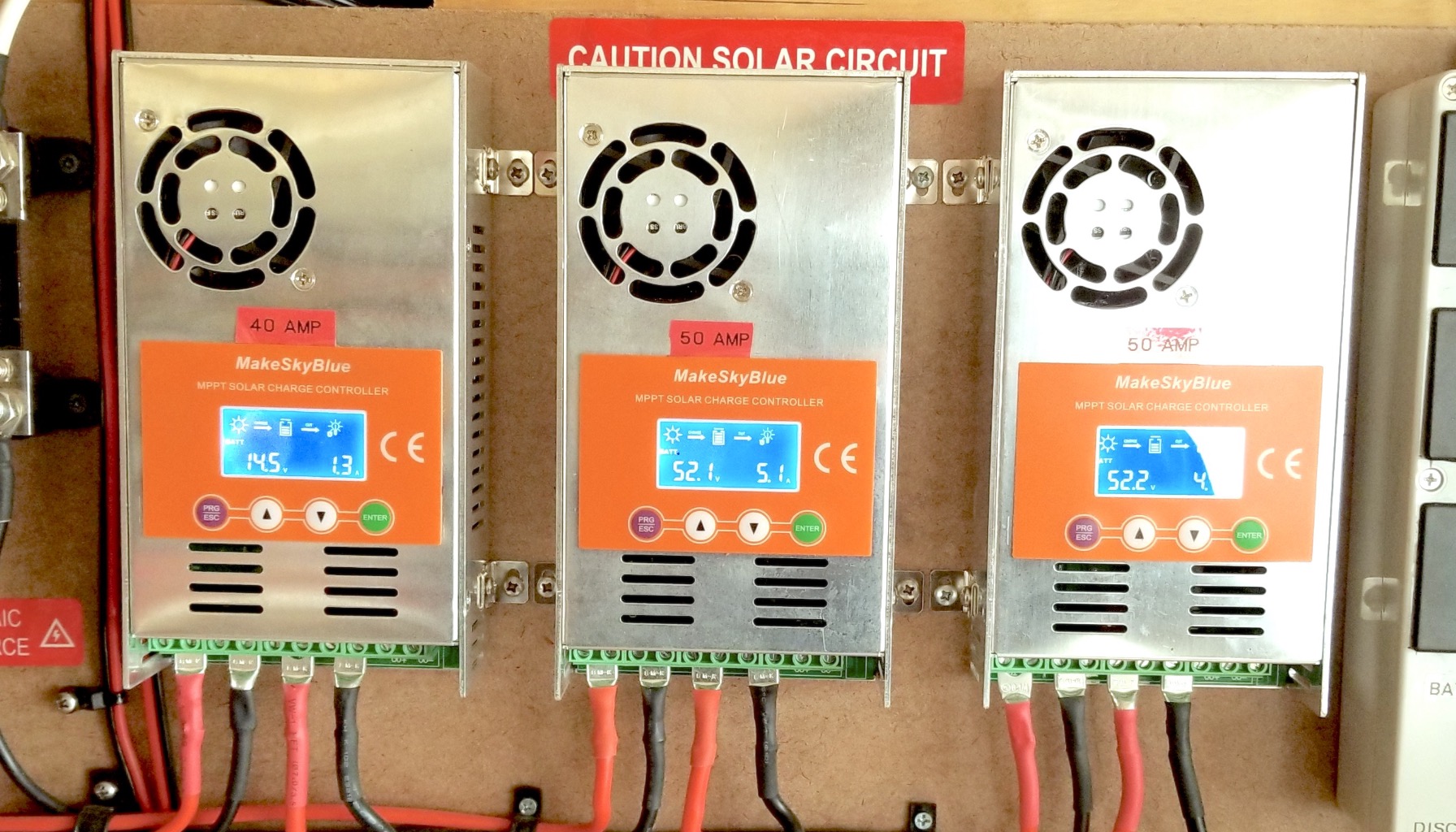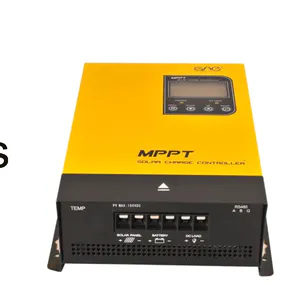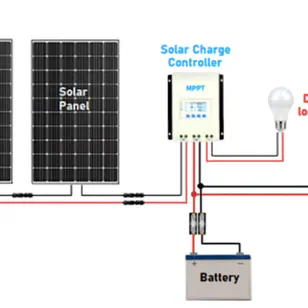Introduction
Solar energy systems have become increasingly popular for both residential and commercial applications. One crucial component in these systems is the MPPT (Maximum Power Point Tracking) solar charge controller. Today, we’ll dive into the Make Sky Blue MPPT controller, exploring its features, advantages, and potential drawbacks.
What is an MPPT Solar Charge Controller?
An MPPT solar charge controller is a device that optimizes the match between the solar array (PV panels) and the battery. It converts a higher voltage DC output from solar panels down to the lower voltage needed to charge batteries.
Learn more about MPPT and PWM controllers and their differences here
Make Sky Blue MPPT Controller: Features and Specifications
The Make Sky Blue MPPT controller comes in various amperage ratings, including 30A, 40A, and 60A models. Here are some key features:
- Auto-detection of battery type (Lithium, AGM, Gel, Flooded)
- LCD display showing voltage, current, and operating mode
- Fan cooling for efficient heat dissipation
- Maximum input voltage of 160V
- Compatible with 12V, 24V, and 48V battery systems
Advantages of the Make Sky Blue MPPT Controller
- Versatility: It can work with various battery types and voltages, making it suitable for different setups.
- Efficiency: The MPPT technology ensures maximum power extraction from solar panels.
- Informative Display: The LCD screen provides real-time information about system performance.
- Cooling System: The built-in fan helps maintain optimal operating temperature.
Discover more about optimizing your solar power system with MPPT controllers
Potential Drawbacks
- Noise: The cooling fan can be noisy, which might be an issue in living spaces.
- Light Emission: Even when the display is off, it emits a faint glow that could be noticeable in dark rooms.
Applications and Use Cases
The Make Sky Blue MPPT controller is suitable for various applications:
- Expanding Existing Systems: It’s perfect for adding more solar panels to an existing inverter setup.
- Complex Roof Configurations: When you need to split your solar array due to different roof angles or orientations.
- Mobile Applications: Ideal for RVs, boats, and other mobile solar installations.
- Small Off-Grid Systems: Great for cabin or small home off-grid setups.
Learn more about handling excess solar power in off-grid systems
Installation Tips
- Use appropriate wire gauge for the current rating.
- Install a circuit breaker between the controller and the battery.
- Ensure proper ventilation to help with cooling.
- Mount vertically for optimal heat dissipation.
Competitive Landscape
While the Make Sky Blue controller offers good value, there are alternatives worth considering:
- PowMr Controllers: Similar in design but with some variations in features.
- Controllers with Passive Cooling: These can be quieter but may have lower efficiency in high-temperature environments.
Explore more about different types of inverters and their applications
Conclusion
The Make Sky Blue MPPT solar charge controller is a reliable and efficient option for many solar energy applications. Its versatility, informative display, and cooling system make it a strong contender in the market. However, consider the potential noise and light emission if installing in living spaces.
Remember, proper sizing and installation are crucial for optimal performance and longevity of your solar energy system. Always consult with a professional if you’re unsure about any aspect of your solar setup.
Learn more about the components of a solar power station
By understanding the features and capabilities of MPPT controllers like the Make Sky Blue, you can make informed decisions to optimize your solar energy system for maximum efficiency and reliability.




